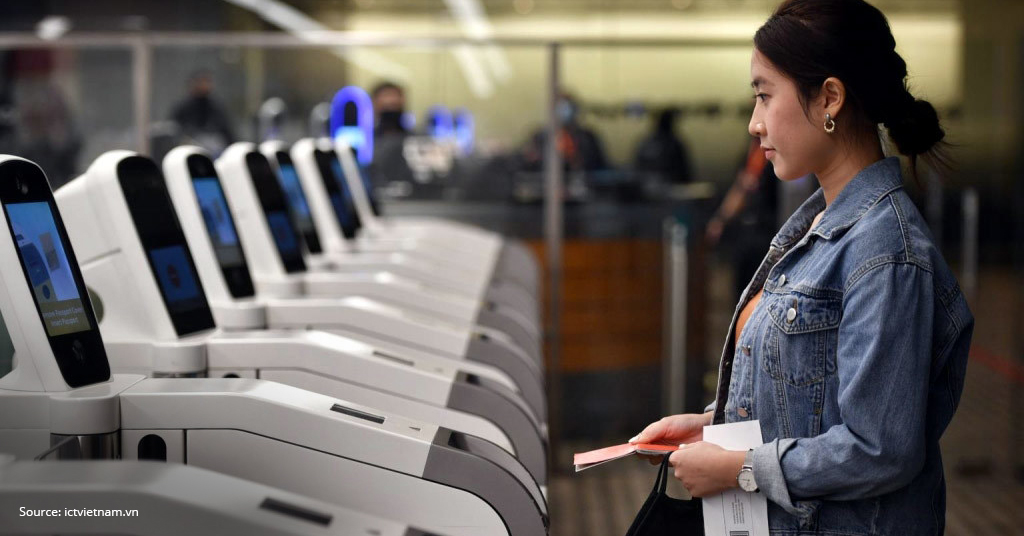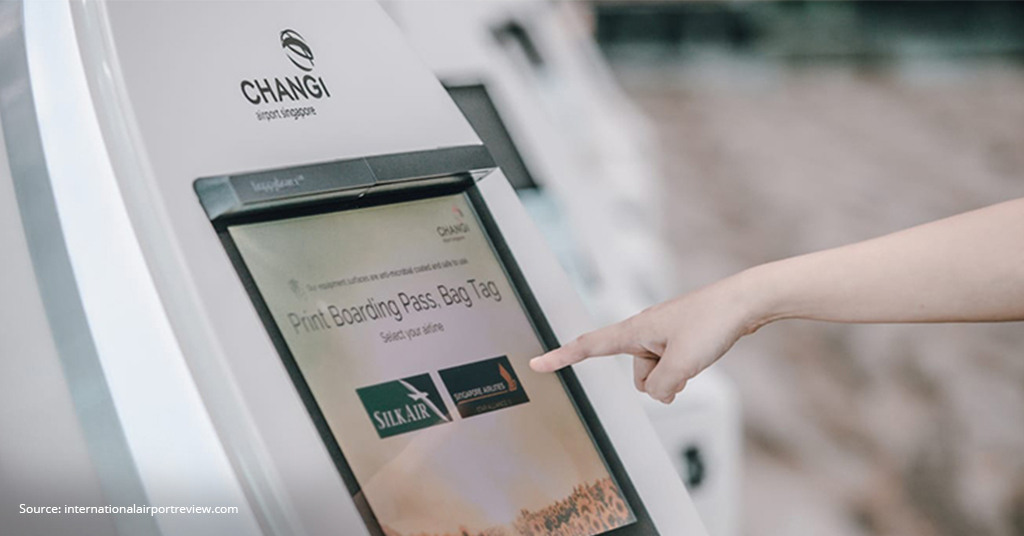
Since 2020, the ongoing global pandemic has been the most talked about social issue in Singapore. Because of this, there is a greater emphasis on taking better care of our health and hygiene. Apart from safe distancing and work from home measures, touch-free experiences including payment and automatic dispensers are highly encouraged.
As Singapore and other countries have started opening up their borders, it is likely that more of us will start travelling again. To reduce the number of touchpoints and human interaction among passengers, the aviation industry had to improve its technology and airport processes. This is where touch-free experiences come in handy. Airports are increasingly offering passengers a contactless travelling experience with biometrics. As a fast, hygienic, and secure way of verification, it is likely that biometrics will eventually replace several touchpoints that once created long lines of passengers. Not only does biometrics enhance COVID-19 safety protocols, it also improves airport security as well.
What is Biometrics
Biometrics is the use of biological characteristics to digitally identify a person, so that they may be granted access to particular systems, devices, or information. Unique features including our face, fingerprint, voice or iris pattern are all examples of biometrics that can grant us authentication! Today, the most common use of biometrics in our daily lives is smartphone access where we use fingerprint, facial or voice recognition to unlock our smartphones.
Integration of Biometrics Scanning at Singapore Changi Airport
Upgrading our airport has always been an important current affair in Singapore. This is evident by the use of biometrics, which is becoming especially prominent at the Singapore Changi Airport. Besides offering a more hygienic travel experience, it also positions Singapore as a forward-looking, progressive nation to tourists. Immigration lanes are upgraded with a biometric system for efficient and secure immigration clearance at checkpoints. This system leverages facial and iris recognition technology to match passengers with their travel documents. It is currently implemented at Terminals 1 and 3 1, replacing the old method of fingerprint scanning.
In fact, about 70%2 of all eligible Singaporeans have registered their iris and facial biometrics with the Home Team Science and Technology Agency (HTX). This implies that most Singaporeans are open to the use of biometrics technology in their travels.

Beyond biometrics scanning, proximity sensors are incorporated into FAST check-in kiosks and bag-drop machines. By placing their finger close to the screen without touching it, infrared sensors will enable passengers to select options and key in their travel details.

Benefits of Biometric Scanning
Did you know that biometric scanning offers a myriad of benefits? For instance, it empowers convenience, efficiency and security for all individuals!
Benefit 1: Better Hygiene
One of the easiest ways for viruses to spread is through contact. Having a shared surface, where multiple people use it for fingerprint detection, may increase the spread of germs. However, with face and iris recognition, any form of contact is eliminated. Passengers simply need to remove their mask for a few moments for the system to detect their identity. In this way, better hygiene is promoted and the risk of being exposed to bacteria is reduced. This is especially important with the pandemic being the most pressing social issue in Singapore.
Benefit 2: A More Seamless Experience
Before airports integrated biometric systems, manual authentication was required across almost every aspect of the travel journey. Passengers had to present different forms of identification to different authorities, such as boarding cards, booking reference numbers, and passports, to prove that they are authorised to travel. With biometric technology, these processes can be streamlined and the amount of paper reduced as well.
Benefit 3: Greater Efficiency
Biometric security enhancements serve a dual purpose. Not only are they more accurate at screening individuals, they also facilitate faster line movement to minimise queues. By automating processes, which can then be optimised for greater predictability, we can now enjoy a better, more efficient airport experience.
Benefit 4: Improved Security
Biometric scanning increases protection and security. It is much more difficult to duplicate a fingerprint or facial features. With this technology, passengers can enjoy safer border controls and identification processes.
As digitalisation continues to advance and we learn to live with the pandemic, biometrics will continue to grow in prevalence across other industries as well. Ultimately, it is important for us to be able to evolve, adapt and embrace new technologies.
Keen on sharing your thoughts on current affairs and social issues in Singapore? Happydot.sg is the platform where you can voice your opinions and take part in online surveys. Have your say by signing up with us today!
